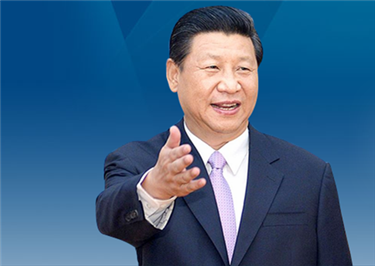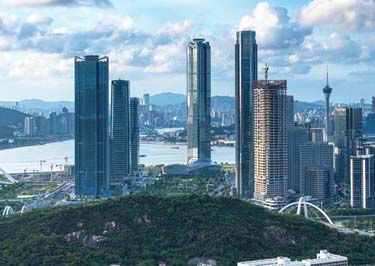Reform and opening-up, 40 years on

In December 1978, in the meeting room of a hotel in central Beijing, a group of Communist Party of China leaders assembled for a plenary session of the CPC Central Committee. A large task loomed before them: agreeing on the best course to rejuvenate the economy and implement reforms which would increase productivity in the countryside and accelerate the process of industrialisation. These were seen as the heart of the new project – implementing the Four Modernizations.
The Third Plenum of the 11th Central Committee, as the meeting in December 1978 was formally called, will go down as one of the most important events of the 20th century — not just for China, but for the whole world. This started the whole process of opening-up and transformation which China, to this day, is continuing. It saw the unleashing of the productive forces and change which only existed as potential, not actuality, beforehand.
Historians have shown us just how complex this process was. The great Australian scholars Fred Teiwes and Warren Sun have written, in several meticulously written works, about just how patient the new leadership were in building a new consensus, and framing policies which eventually embraced reform in almost every part of the Chinese economy. This was not a quick, instinctive process. It was one built on reflection, by figures like Deng Xiaoping and the leaders around him and then at every other level of society. The key question they endeavoured to answer was a very practical one: how best to deliver a better living standard to the Chinese people.
What 1978 and the events of that year mean for today depends on where one stands. Like most historic events, it has multiple meanings. Liberating thought meant, primarily, the dogmas that had been ascendant in the previous decade or so were jettisoned, with their rigid commitment to an abstract idea of a single necessary way of doing everything. Instead, observation of experience and empirical reality came back – a return to an earlier form of pragmatic socialism in China, where “practice should be the sole criterion for truth.” A phrase from earlier times was also restored, and became in some ways the slogan for the whole reform process: “Seek truth from facts.” From 1978, therefore, dogmatism and adherence to preconceived ideas disappeared and China looked at ideas from within the country and the wider world, seeing how they might be learned and applied in China. In some cases, these ideas were even improved.
For those in the agricultural sector, it meant adopting new work and organization methods – the household responsibility system, which allowed crop surpluses to be sold back to the state for a small profit. That meant that within a short time China was self-sufficient in food, and the blight of shortages disappeared. It meant that town and village enterprises could be established, new entities that employed those freed up from the rural sectors because of efficiencies reforms had brought about. A process of urbanization started, with special economic zones established manufacturing goods for export to the outside world in cities like Shenzhen and Zhuhai, and transforming them from modest towns to cities today that have over 10 million inhabitants.
Reform and liberation of thought meant through the 1980s, China saw students going overseas to study and the rebuilding of universities domestically, with a rise in educational standards and enrollment. It saw its aspirations legitimized, with many people setting up their own companies, starting to learn foreign languages and travelling, first domestically then internationally. It meant Chinese industry started to experiment and create its own forms of technology, but also foreign investors, barred from China before 1978, were able to come in and set up either joint or wholly owned foreign ventures. Through the 1990s and 2000s, China was frequently one of the top destinations for foreign investment globally as a result.
One of the most striking aspects of the reforms is the way they allowed China to look and learn from the world outside, with delegations going to practically every developed country for study. This was built on a lot of self-criticism and an open-minded acknowledgement Chinese methods and attitudes needed to change. Reform has continued in this vein, acknowledging the need for continuous improvement and self-analysis. This cuts against the assumption many made around the world before and during 1978 that China was introverted, and wished to continue behind closed doors. In fact, no matter the challenges since 1978, China has stuck with that philosophy.
In 2018, as the reform process has matured, we face a different era – one in which China is now in a position to use its experience of development and growth since 1978 to share with others. China has been partnering with countries through the Belt and Road Initiative, looking at how to create better infrastructure, improve connectivity and link economies together. The new phase of reform is one where China is now able to speak to the world as a teacher rather than a student.
Kerry Brown is professor of Chinese Studies and director of the Lau China Institute, King's College, London.







